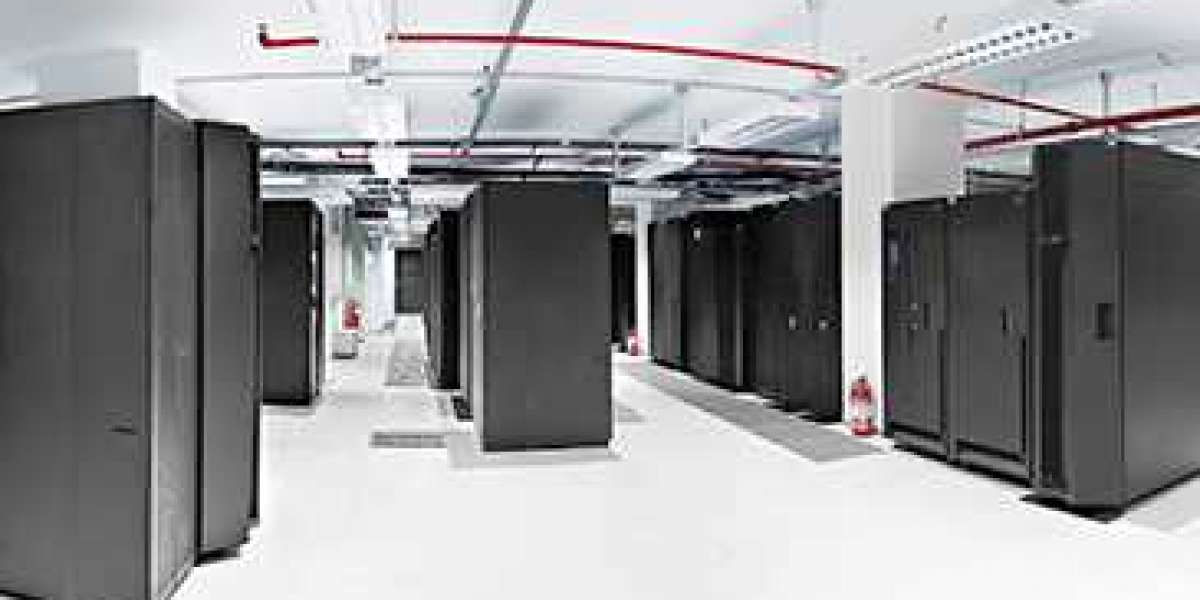Transform your corporate office interior design to enhance productivity and well-being. Discover essential elements for a modern workspace.
The modern corporate office is no longer just a space to work; it's an environment that significantly impacts employee well-being, creativity, and productivity. Gone are the days of sterile cubicles and harsh fluorescent lighting. Today's office design embraces a holistic approach, incorporating elements that foster collaboration, promote a sense of well-being, and reflect the company's brand identity.
1. Embrace Natural Light and Biophilic Design:
Natural light is a powerful tool for enhancing the office environment. Studies have shown that exposure to natural light improves mood, focus, and sleep quality [1]. To maximize natural light penetration, consider:
- Large windows and skylights: Strategically placed windows and skylights can bathe the workspace in natural light, reducing reliance on artificial lighting and boosting employee morale.
- Open floor plans (with considerations): While open layouts allow for natural light to reach deeper into the space, ensure clear sightlines without sacrificing individual privacy and acoustic control.
- Light shelves and reflective surfaces: These design elements help distribute natural light more evenly throughout the space, creating a brighter and more expansive feel.
Biophilic design, the practice of integrating nature into the built environment, is another powerful tool. By incorporating natural elements, you can create a calming and restorative atmosphere:
- Plants: Research shows that indoor plants can improve air quality, reduce stress, and even increase creativity [2]. Choose a variety of low-maintenance plants that thrive in office environments.
- Natural materials: Utilize wood, stone, and other natural materials for furniture, flooring, and accents. These materials create a sense of warmth and connection to nature.
- Water features: The sound of flowing water can be incredibly calming and focus-enhancing. Consider incorporating a small water feature, such as a tabletop fountain or a water wall, into the design.
2. Optimize for Different Work Styles:
Not everyone thrives in the same work environment. To cater to different needs and preferences, consider offering a variety of work settings:
- Dedicated quiet areas: Create private spaces for focused work, equipped with noise-cancelling headphones or soundproof booths. These spaces should be well-lit, comfortable, and offer minimal distractions.
- Collaborative spaces: Design areas with comfortable seating, whiteboards, and audio-visual equipment to facilitate brainstorming sessions, group meetings, and team projects.
- Flexible workspaces: Utilize movable furniture and partitions to create adaptable spaces that can be reconfigured for individual work, group collaboration, or impromptu meetings.
- Lounge areas:These informal spaces with comfortable seating and soft lighting are ideal for casual conversations, breaks, and relaxation. Consider providing coffee tables, sofas, beanbags, or even a game area depending on your company culture.
3. Invest in Ergonomics and Comfort:
Investing in ergonomic furniture is crucial for employee well-being and can significantly impact productivity. Choose:
- Ergonomic chairs: Look for chairs with adjustable features like seat height, back support, and armrests to promote proper posture and prevent discomfort.
- Adjustable desks**: Utilize desks that can be easily adjusted to different heights, allowing employees to stand or sit throughout the workday.
- Footrests and lumbar support: These accessories can further enhance comfort and reduce strain.
- Proper lighting: Ensure adequate and glare-free lighting levels suitable for different tasks.
4. Prioritize Acoustics and Noise Control:
Open office environments can be prone to noise distractions, negatively impacting focus and productivity. Implement strategic measures to manage noise levels:
- Sound-absorbing materials: Install acoustic panels on walls and ceilings, utilize sound-absorbing carpets, and choose furniture with fabric upholstery to dampen noise.
- Masking sounds: Implement white noise or nature sounds at low volumes to create a background soundscape that masks distracting noises.
- Designated quiet zones: Create dedicated areas for focused work with strict noise-free policies.
- Communication guidelines**: Encourage employees to be mindful of noise levels and utilize headphones for calls or online meetings.
5. Leverage Technology for Flexibility and Collaboration:
Technology plays a crucial role in enabling flexible work arrangements and fostering collaboration in the modern office:
- Video conferencing equipment: Invest in high-quality video conferencing equipment and collaboration tools to facilitate seamless communication between remote and in-office employees.
- Interactive whiteboards and displays: Utilize these tools for presentations, brainstorming sessions, and real-time collaboration.
- Mobile device integration: Ensure workstations and meeting spaces are equipped with appropriate charging stations and offer seamless connectivity for mobile devices.
- Cloud-based software: Implement cloud-based software for document sharing, project management, and communication, enabling accessibility from any location with an internet
Conclusion:
Investing in thoughtful corporate office interior design is an investment in your company's future. By prioritizing employee well-being, encouraging collaboration, and fostering a sense of community, you can create a work environment that inspires creativity, productivity, and overall employee satisfaction.







